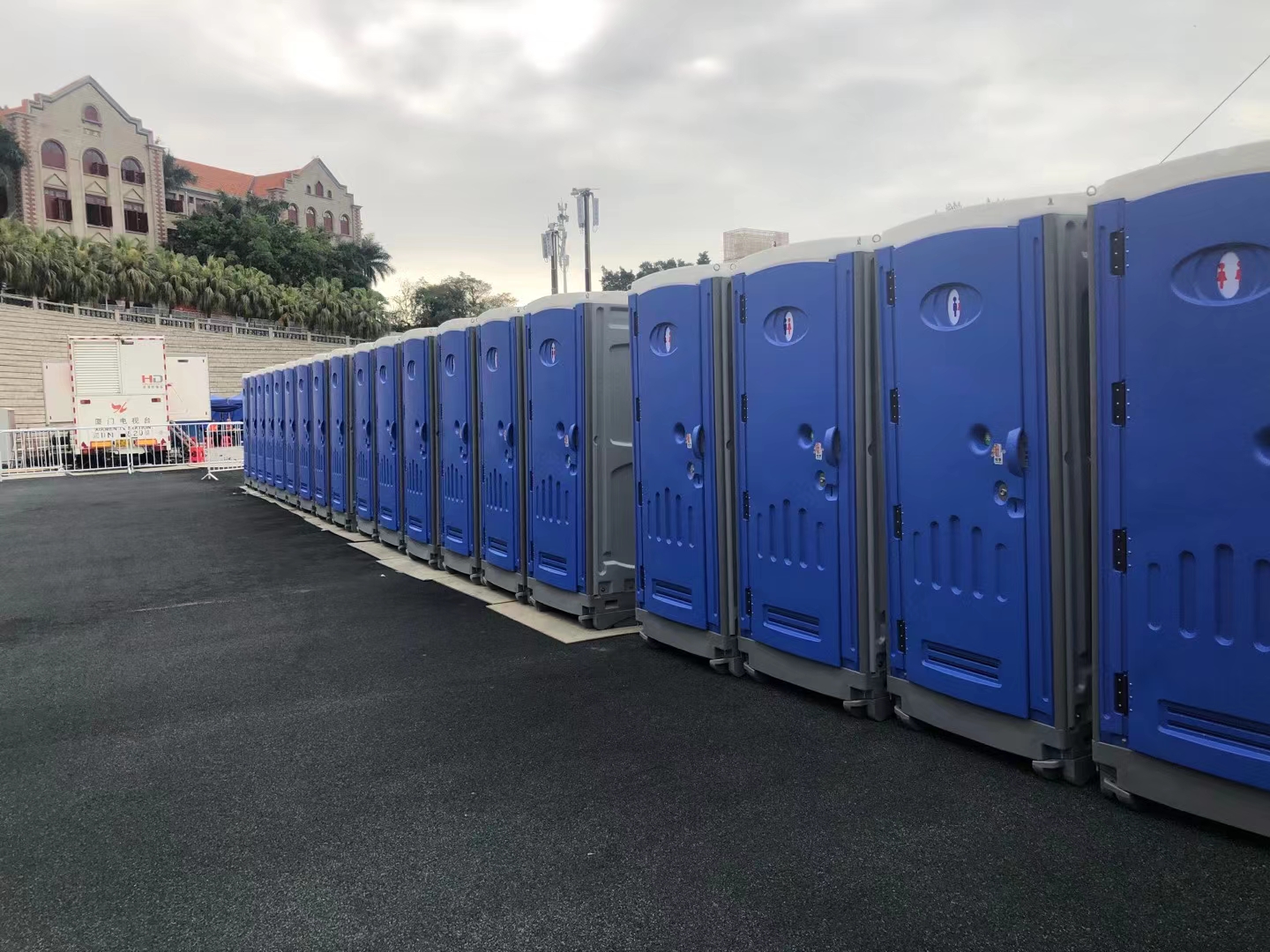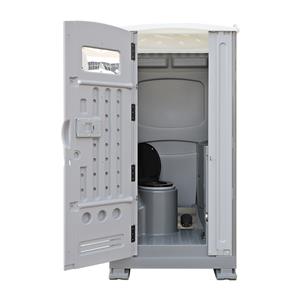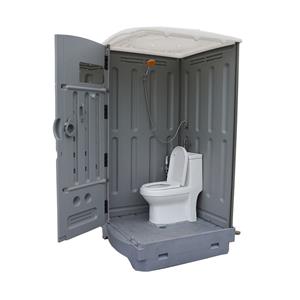Not Your Average Porta-Potty: What Really Goes Into a Great Mobile Toilet
You know the feeling. You're at a fantastic outdoor event, a bustling job site, or a family gathering, and nature calls. You spot the row of plastic boxes and a sense of dread kicks in.
We've all had to brave a hot, stuffy, and questionable mobile toilet at some point. It's an experience we've all just come to accept.

Well, we decided not to accept it. At Toppla, we saw that common problem and knew there had to be a better way. A mobile toilet doesn't have to be the last resort; it can be a clean, sturdy, and surprisingly comfortable part of any location.
Here's a little industry secret: most portable toilets are built to be cheap, not to be good. They're often made from low-grade plastics that cause all the problems you hate. After just a season in the sun, they can become brittle and crack.
Worse, the material itself is porous, meaning it literally soaks up odors and stains over time. No amount of cleaning can fix a portable toilet that has smells baked into its very walls.
We started from scratch and asked, "What's the right material for the job?" The answer was clear: High-Density Polyethylene (HDPE).
Choosing HDPE portable toilet means our toilets are simply built for the real world. They can handle the bumps, scrapes, and rough treatment of a construction site without flinching.
We also infuse the material with UV protection, so the sun won't weaken the structure or fade the color.
But here’s the real win for anyone who has to use or clean one: HDPE portable toilet is non-porous. Smells and liquids can't soak in.
This is the crucial difference between a toilet that can be truly sanitized and one that just gets a quick spray-down. It’s the foundation for a genuinely cleaner experience.
Over the years, we've talked to countless event planners, site managers, and everyday users. The same worries always come up.
First, "How many do I need?" It's a balancing act. Too few, and you have long lines and unhappy guests. Our simple rule of thumb is one unit for every 50 people at a four-hour event.
If you're serving lots of food and drinks, adding an extra one is a small cost that makes a huge difference in guest comfort.
Second is the big one: overall cleanliness. This goes beyond just waste management. It's about the feel of the unit. Is the mobile toilet seat designed to be easily wiped clean?
Are the interior surfaces smooth? We obsess over these details, even offering models with integrated sinks because we know that real handwashing is a non-negotiable for proper hygiene, whether it's at a wedding or as a temporary mobile home toilet during a renovation.
So, the next time you’re sourcing facilities, you're empowered. You know that not all portable sanitation is created equal.
You can move beyond simply asking for a mobile toilet and start asking better questions: "What is it made of?" and "How is it designed for hygiene and durability?"




